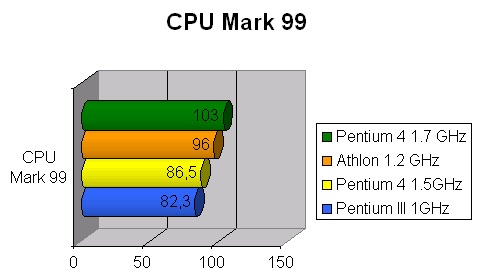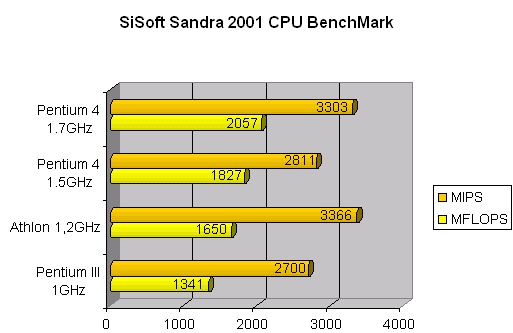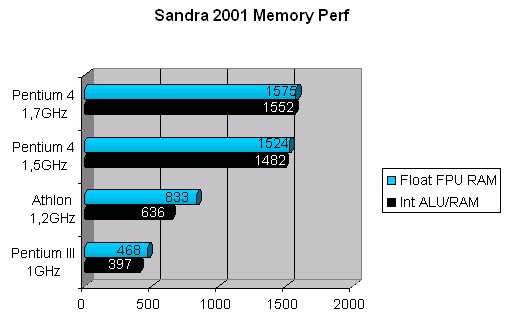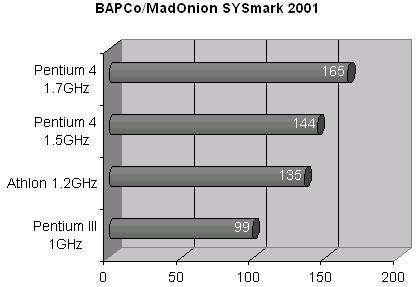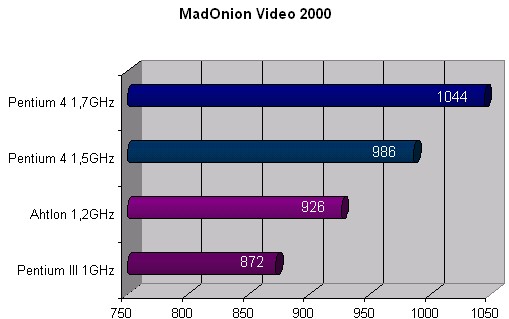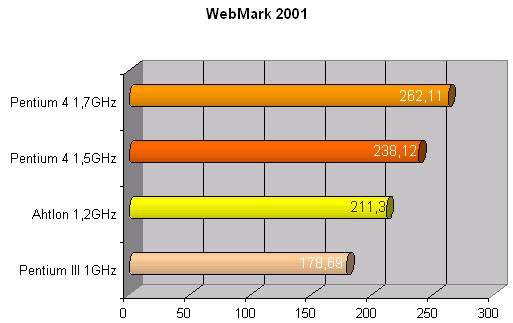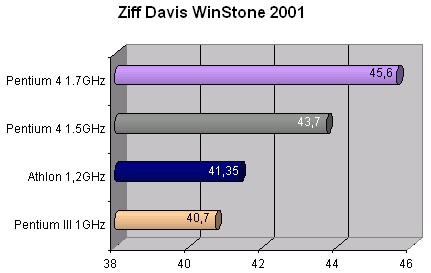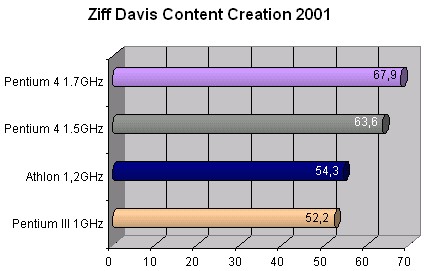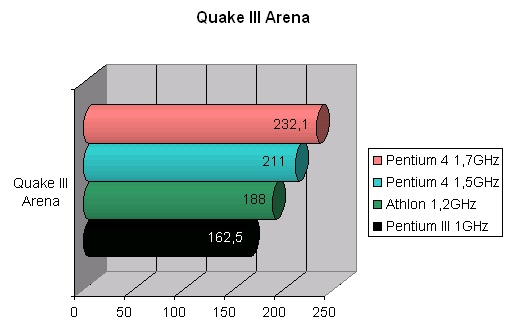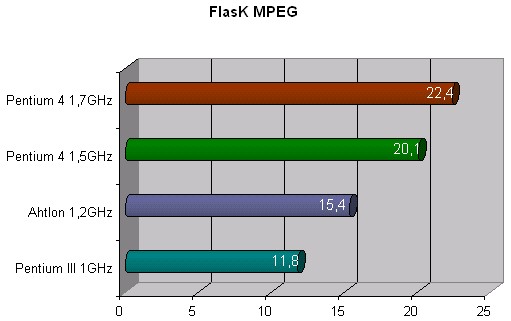
 |

|
| ActiveWin: Reviews | Active Network | New Reviews | Old Reviews | Interviews |Mailing List | Forums |
|
|
|
|
|
DirectX |
|
ActiveMac |
|
Downloads |
|
Forums |
|
Interviews |
|
News |
|
MS Games & Hardware |
|
Reviews |
|
Support Center |
|
Windows 2000 |
|
Windows Me |
|
Windows Server 2003 |
|
Windows Vista |
|
Windows XP |
|
|
|
|
|
|
|
News Centers |
|
Windows/Microsoft |
|
DVD |
|
Apple/Mac |
|
Xbox |
|
News Search |
|
|
|
|
|
|
|
ActiveXBox |
|
Xbox News |
|
Box Shots |
|
Inside The Xbox |
|
Released Titles |
|
Announced Titles |
|
Screenshots/Videos |
|
History Of The Xbox |
|
Links |
|
Forum |
|
FAQ |
|
|
|
|
|
|
|
Windows XP |
|
Introduction |
|
System Requirements |
|
Home Features |
|
Pro Features |
|
Upgrade Checklists |
|
History |
|
FAQ |
|
Links |
|
TopTechTips |
|
|
|
|
|
|
|
FAQ's |
|
Windows Vista |
|
Windows 98/98 SE |
|
Windows 2000 |
|
Windows Me |
|
Windows Server 2002 |
|
Windows "Whistler" XP |
|
Windows CE |
|
Internet Explorer 6 |
|
Internet Explorer 5 |
|
Xbox |
|
Xbox 360 |
|
DirectX |
|
DVD's |
|
|
|
|
|
|
|
TopTechTips |
|
Registry Tips |
|
Windows 95/98 |
|
Windows 2000 |
|
Internet Explorer 5 |
|
Program Tips |
|
Easter Eggs |
|
Hardware |
|
DVD |
|
|
|
|
|
|
|
ActiveDVD |
|
DVD News |
|
DVD Forum |
|
Glossary |
|
Tips |
|
Articles |
|
Reviews |
|
News Archive |
|
Links |
|
Drivers |
|
|
|
|
|
|
|
Latest Reviews |
|
Xbox/Games |
|
Fallout 3 |
|
|
|
Applications |
|
Windows Server 2008 R2 |
|
Windows 7 |
|
|
|
Hardware |
|
iPod Touch 32GB |
|
|
|
|
|
|
|
Latest Interviews |
|
Steve Ballmer |
|
Jim Allchin |
|
|
|
|
|
|
|
Site News/Info |
|
About This Site |
|
Affiliates |
|
Contact Us |
|
Default Home Page |
|
Link To Us |
|
Links |
|
News Archive |
|
Site Search |
|
Awards |
|
|
|
|
|
|
|
Credits |
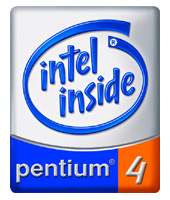
|
Product: Intel Pentium 4 1.7GHz & Intel
D850GB MotherBoard |
Benchmarks
|
Table Of Contents |
Here comes the most important part of the review that'll let you know how the Pentium 4 1.7GHz performs over previous models & other competing processors. To run our various tests we used different system configurations. The configuration of the system N°1 was:
- Intel D815EPEA2 Motherboard (with P12 Bios),
- 384Mb SDRAM PC133,
- Seagate 20GB UDMA 66 Hard Disk,
- GoldStar DVD-Rom 8120b,
- Hercules 3D Prophet III with WHQL drivers 12.41,
- Pinnacle Studio DV,
- Microsoft Natural Keyboard Pro,
- Microsoft IntelliMouse with IntelliEye.
The Configuration of the system N°2 was:
- Intel D850GB Motherboard (with P13 Bios),
- 384Mb of Rambus PC800 ECC,
- IBM 75.6GB UDMA 100 Hard Disk, Maxtor 45GB UDMA 100 Hard Disk, Maxtor 30GB UDMA 66 Hard Disk,
- Promise Ultra ATA 100 Secondary IDE controller with latest Bios 2.01 & Final Drivers,
- Pioneer DVD105 EIDE,
- Hercules 3D Prophet III with WHQL drivers 12.41,
- Microsoft Natural Keyboard Pro,
- Logitech Cordless Mouseman Optical.
The Configuration of the system N°3 was:
- Asus A7A266 Motherboard,
- Athlon 1.2GHz,
- 384Mb of PC2100 DDR-SDRAM,
- Maxtor 30GB UDMA 66 Hard Disk,
- GoldStar DVD-Rom 8120b,
- Hercules 3D Prophet III with WHQL drivers 12.41,
- Microsoft Natural Keyboard Pro,
- Microsoft IntelliMouse with IntelliEye.
Everything was running on a fresh and clean install of Microsoft Windows 2000 Professional with Service Pack 2 (screen resolution: 1024x768 in 16bits). Keep in mind that the benchmarks were ran under Windows 2000 so the results are better than benchmarks ran under Windows 98SE/Me. We used the SiSoft Sandra 2001, Ziff Davis Media, WebMark 2001, Quake III Arena, Video 2000, SysMark 2001 and FlasK MPEG4 benchmarking software to test this new configuration.
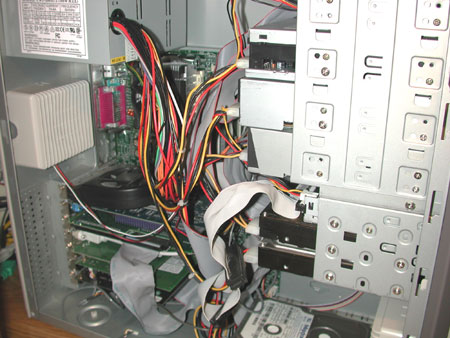
Inside one of our test system
|
Here are the results of the Ziff Davis CPU Mark benchmarking tool, which is basically not optimized for the Pentium 4. As you can see the Pentium 4 1.7GHz outperforms by 19% its predecessor which is obviously normal due to the huge 200MHz difference between the two processors. However you've surely noticed that the Pentium 4 1.5GHz only gets a 5% stronger result than the Pentium III 1GHz while the Pentium 4 1.7GHz is 8% more powerful than the Athlon 1.2GHz according to this test. Please note that since this program is quite obsolete the grades it gives don't really bring out the Pentium 4 1.7GHz. |
|
Before commenting the SiSoft Sandra 2001 Pro CPU Benchmark results, let see to what correspond MIPS & MFLOPS: MFLOPS: The Whetstone benchmark is widely used in the computer industry as a measure of performance. Floating-point arithmetic is most significant in scientific, engineering, statistical and computer-aided design (CAD) programs. It is also a small component in spreadsheet, paint and drawing programs. Word processing programs typically do no floating-point computations at all. The Whetstone does a lot of floating-point arithmetic, some memory access, and a little integer arithmetic. MIPS: The Dhrystone benchmark is widely used in the computer industry as a measure of performance. Dhrystone is a synthetic benchmark, designed to contain a representative sample of operations normally performed by applications. They don't calculate a result of any kind, but they do perform the sort of complicated sequences of instructions that real applications use. The Dhrystone result is determined by measuring the time it takes to perform these sequences of instructions. Simple integer arithmetic, logic decisions, and memory accesses are the dominant CPU activities in most Windows programs. The Dhrystone benchmark makes intensive use of these areas. In this test the Pentium 4 1.7GHz MIPS result beats the Pentium 4 1.5GHz by approximately 20% but stays behind the Athlon 1.2GHz. This sounds normal for me since Sandra uses quite old & obsolete Drystone and Whetstone instruction mixes to evaluate a processor. Concerning the MFLOPS the Pentium 4 1.7GHz surpasses all its competitors and literally buries the Athlon 1.2GHz: the MFLOPS grade of the Pentium 4 1.7GHz is 25% higher than the one of the Athlon 1.2GHz. However I'd temper this result by reminding you that the Pentium 4 1.7GHz is 500MHz faster than the Athlon and this frequency difference can explain the results of the Athlon.
|
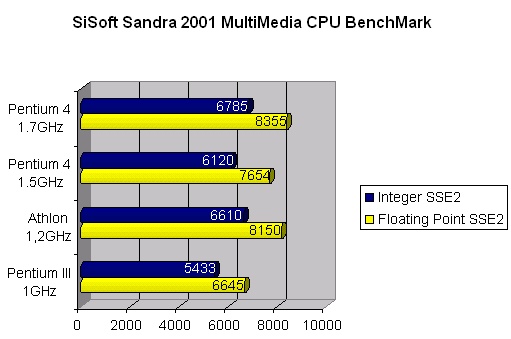
Now it's the turn of the SiSoft Sandra 2001 Mutltimedia CPU Benchmark. In this configuration you can see that the power of the SSE2 instructions puts the Pentium 4 1.7GHz ahead: it outdoes the Athlon and obviously beats previous Intel processors.
|
The Memory benchmark of SiSoft Sandra 2001 is really interesting since it shows how the Pentium 4/Rambus couple excels! The Athlon 1.2GHz is simply shabby in this test! Indeed the performance offered by the Rambus memory of the Pentium 4 1.7GHz is 90% better than the one of an Athlon. This result will let everyone pensive. It proves once again that the Rambus memory is one of the best memory available today despite the fact it's expensive. |
|
The long awaited new version of SysMark has landed. In this release 2001, Bapco has focused their efforts to provide testers with real life results. As a matter of fact, SysMark 2001 uses real applications, which you use daily, to provide real benchmarks. The software test how the following software: Adobe Photoshop 6.0, Adobe Premiere 6.0, Macromedia Dreamweaver 4, Macromedia Flash 5, Microsoft Windows Media Encoder 7, Dragon Naturally Speaking Preferred v5, McAfee VirusScan 5.13, Microsoft Access 2000, Microsoft Excel 2000, Microsoft Outlook 2000, Microsoft PowerPoint 2000, Microsoft Word 2000, Netscape Communicator 6.0, WinZip 8.0 perform on your computer by executing several tasks automatically. The test is divided in two categories: Office Productivity & Internet Content Creation. The results we found are the average of the two tests. SysMark 2001 is optimized for the Pentium 4 processors and as a result it now grades the Pentium 4 better than an Athlon. This test shows that the Pentium 4 1.7GHz is 22% faster than the Athlon 1.2GHz. While the Pentium 4 1.5 GHz is somewhat equal to the Athlon 1.2GHz. |
|
Video 2000 from MadOnion tests the computer's video stream pipeline. This benchmark is always interesting to look at, since it shows how the processor performs when testing the video hardware. Here the result is quite advantageous for Intel, proving the claims of the Santa Clara's firm that state the Pentium 4 unleashes the full potential of your graphic card. With a Pentium 4 1.7GHz video applications perform 13% faster than with an Athlon 1.2GHz processor. |
|
WebMark 2001 is an other benchmark from BAPCO & MadOnion. It's supposed to measure the performance of a computer when using Internet oriented applications like B2B (business to business), B2C (business to consumer) and Intranet Business. Some other factors enter in the arithmetic like the performance of a CPU when it executes Flash, Java or XML operations. While I can't figure out what are the exact criterions used by this program to evaluate internet performances of a system, the results clearly show the Pentium 4 1.7GHz leads the race. The Pentium 4 1.7 GHz is the king of the hill since it outperfors the Ahtlon 1.2GHz by 24%. |
|
SPEC CPU 2000 is a benchmark program created by a non-profit group of vendors, integrators, universities, etc. SPECfp measures the floating point performance of a CPU when it is intensively used. The results are final and shows the domination of the Pentium 4 1.7GHz overs other CPUs. In this test the Pentium 4 1.7GHz beats the Athlon 1.2GHz by 17%. |
|
The Ziff Davis Winstone benchmark evaluates a system just like BAPCO SysMark 2001, by running several office applications like Word, Excel, Access, etc. If the results show that the Business Winstone score of the Pentium 4 1.5GHz is near the Pentium III 1GHz one, the Pentium 4 1.7GHz extricates itself well while outperforming the Athlon 1.2GHz by 10%. This result points out that the Pentium 4 1.7GHz is saved in this specific benchmark by its 500MHz frequency increase over the Athlon 1.2GHz. |
|
This second benchmark from Ziff Davis uses content creation applications like Adobe PhotoShop, Premiere, MacroMedia DreamWeaver, etc. to evaluate the performance of the system when running high demanding software. The results clearly show that the Pentium 4 1.7GHz excels in this domain: whenever to do multimedia tasks the Pentium 4 1.7GHz really rocks letting you rip, encode, unzip stuff, apply filtres or so faster than with every other processors. |
|
Finally here are the Quake III Arena Benchmark results (ran in 1024*768 16bits). As you can see the Pentium 4 1.7GHz is simply the best! The result is extraordinary: the Pentium 4 1.7GHz gets more than 50 frame per seconds over and Athlon platform. As a result the Athlon is far behind the high frame rate obtained by the latest Intel processor. (Notice that we obviously used the same graphics card on the three system that is to say a GeForce 3). |
|
Results are expressed in picture per seconds. As we've seen in the technical part of this review, Intel put all its efforts to make the Pentium 4 CPU the best processor for multimedia applications that requires power. What is more resources hungry than FlasK MPEG 4? FlasK MPEG 4 is used to encode video in MPEG 4. The software is optimized for the Pentium 4 SSE2 extensions and it has also been tweaked for the Athlon. The results speak for themselves: the Pentium 4 1.7GHz doesn't let a chance to the Athlon and beats the CPU by more than 45%! In the video domain, the Pentium 4 literally explodes its opponents. |

